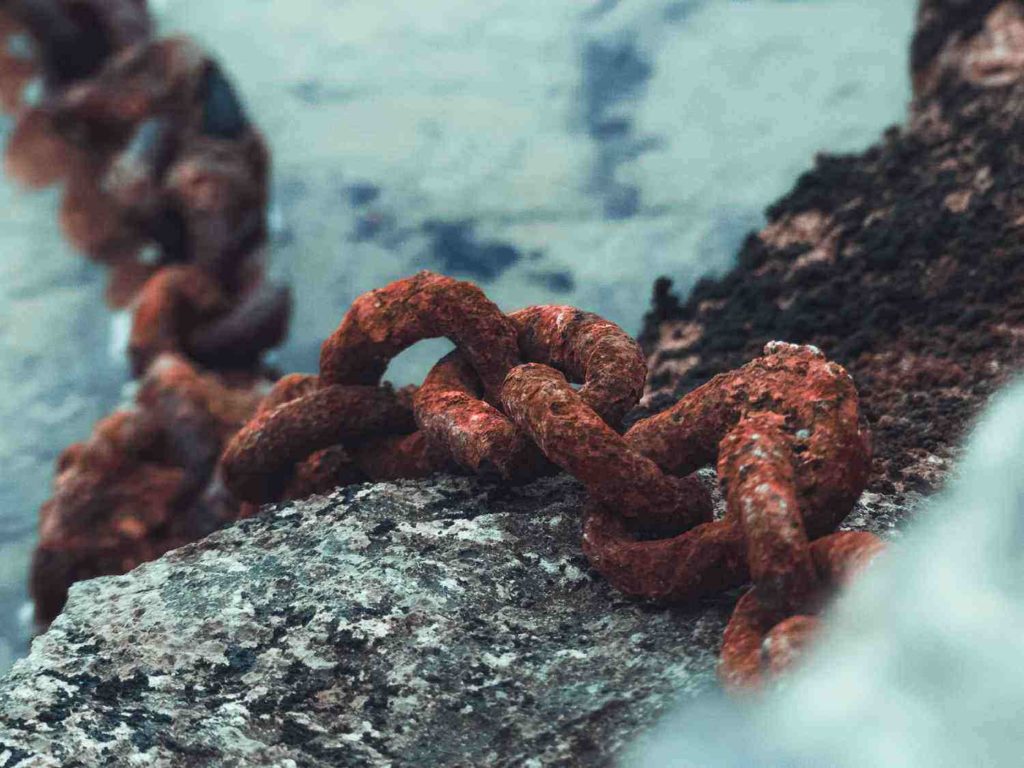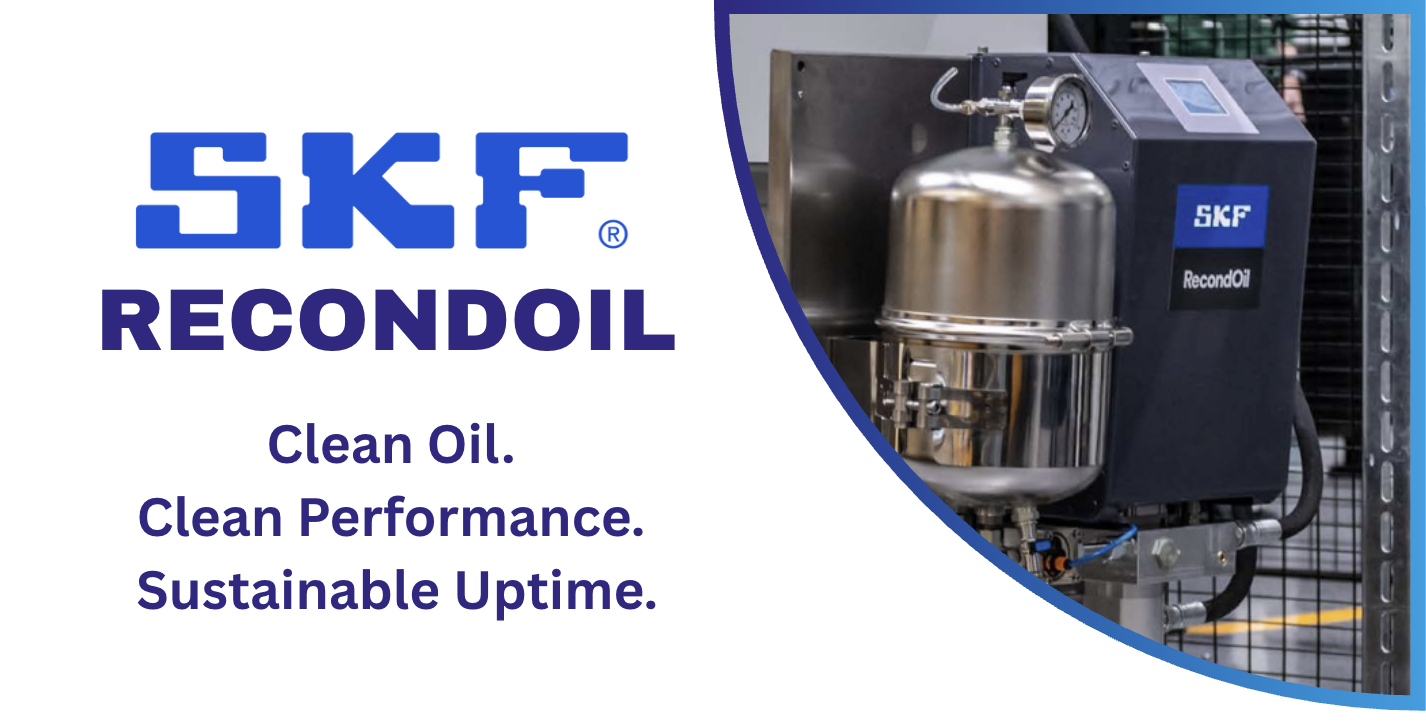Corrosion can be caused when iron or steel is exposed to moisture, oxygen or acid. It can cause companies significant amounts of money through equipment wear and maintenance, so it’s important to tackle corrosion at the root cause.
When iron or steel are exposed to moisture and oxygen, an oxide is formed which flakes off, causing pitting. Significant pitting will eventually lead to weakness of the metal and ultimately, equipment failure. Corrosion is much more common in equipment exposed to moist conditions, but salt, heat and acids can also cause or increase corrosion.
The best way to stop corrosion is to prevent the metal coming into contact with water, oxygen or acid. Where this cannot be achieved without help, corrosion inhibitors can make a difference. There are a number of corrosion inhibitors available, and many lubricants are formulated with enhanced corrosion prevention properties. Corrosion inhibitors typically chemically bond to the metal surface, developing a protective layer. This film prevents the metal from coming into contact with any substance that encourages corrosion.
Where rust formation cannot be prevented, it is important to ensure that the loose particles are not left circulating in your system. As rust particles flake off, they cause abrasive wear, more so with iron oxide as it is a harder material. Oil condition monitoring and visual inspection can help you identify corrosion in your system so you can take steps to prevent or reduce it where possible, and manage it effectively.
If you are unsure of the best course of action to tackle corrosion, give our team a call on 0800 612 3536 and we’ll help you develop your strategy.



